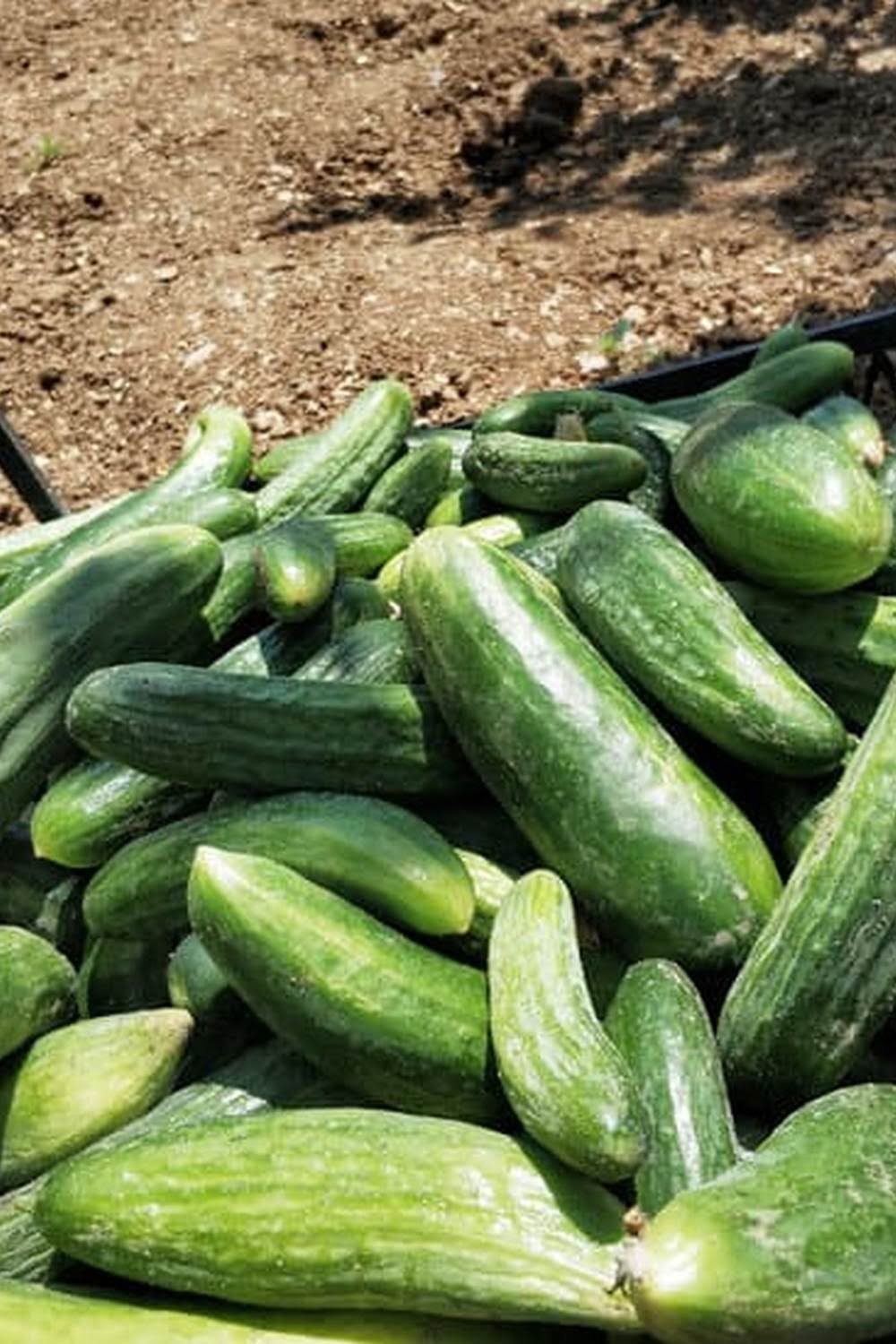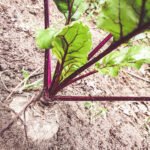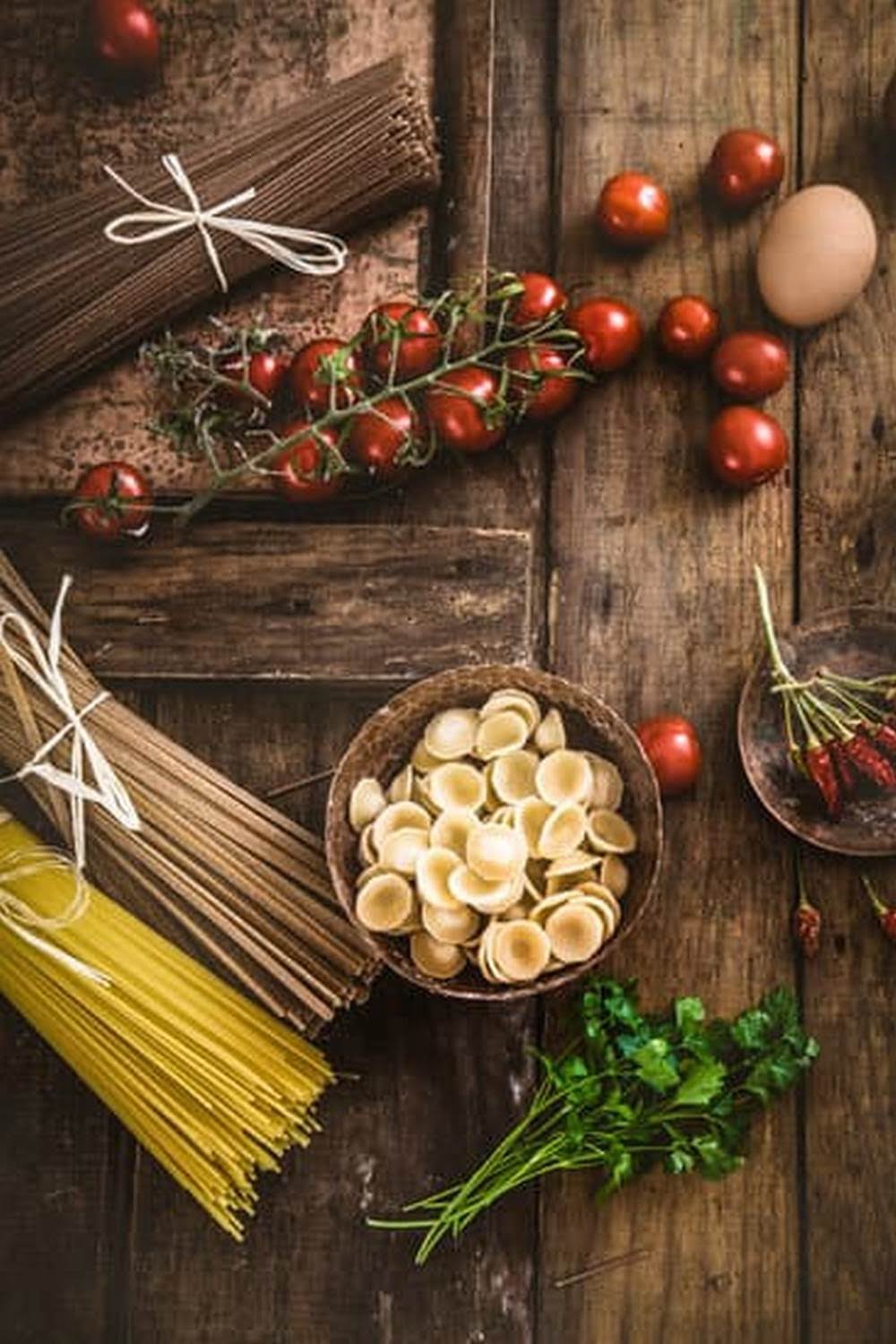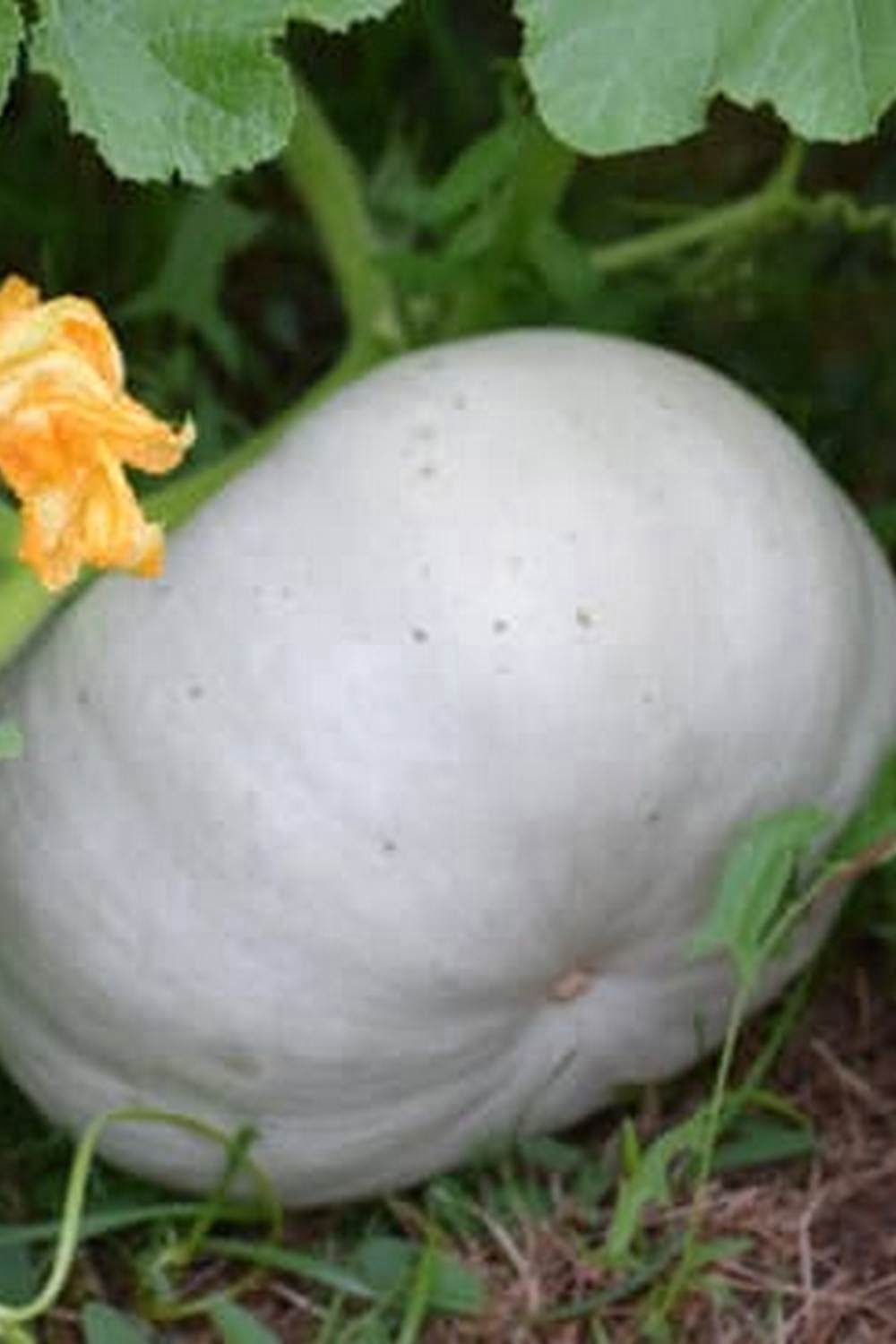Best Fertilizer For Garden Vegetables
There are many types of fertilizer on the market, but which one is the best for garden vegetables The answer to that question depends on the type of vegetable you are growing, the type of soil you have, and your own personal preferences.
In general, it is best to use a fertilizer that is high in nitrogen for garden vegetables. Nitrogen is responsible for leafy growth, and a high-nitrogen fertilizer will help your vegetables grow big and healthy leaves. However, you don’t want to use too much nitrogen, or your vegetables will grow more leaves than fruits or vegetables.
If you are growing vegetables in soil that is low in nutrients, you may want to use a fertilizer that is high in phosphorus. Phosphorus is responsible for root growth and fruit production, so a fertilizer that is high in phosphorus will help your vegetables grow big and healthy roots, and will also help them produce more fruit.
Some gardeners prefer to use organic fertilizers, while others prefer to use chemical fertilizers. There is no right or wrong answer – it is simply a matter of personal preference. However, it is important to remember that organic fertilizers are slow-release, which means that they will not provide an immediate boost of nutrients to your vegetables. If you are using an organic fertilizer, you will need to apply it regularly in order to get the best results.
No matter what type of fertilizer you choose, it is important to read the label carefully to make sure that you are using the correct dosage. Over-fertilizing can be just as harmful to your vegetables as under-fertilizing, so it is important to follow the instructions on the label.
The best fertilizer for garden vegetables varies depending on the type of vegetable you are growing, the type of soil you have, and your own personal preferences. In general, it is best to use a high-nitrogen fertilizer for leafy vegetables, and a high-phosphorus fertilizer for vegetables that produce fruit or roots. You can also choose to use an organic or a chemical fertilizer, but it is important to remember that organic fertilizers are slow-release, so you will need to apply them regularly for the best results.
Best Perennials For Vegetable Garden
ers
If you are like most people, you probably think of perennials as plants that only come in flower form. However, there are many different types of perennials, and some of them are perfect for vegetable gardens. Here is a list of some of the best perennials for vegetable gardeners:
1. Daylilies: Daylilies are a great choice for vegetable gardens because they are relatively low maintenance and they come in a variety of colors, including red, orange, yellow, and white.
2. Hostas: Hostas are a good choice for shady areas, and they come in a variety of colors and sizes.
3. Astilbes: Astilbes are a great choice for shady areas, and they come in a variety of colors, including pink, red, and white.
4. Yarrow: Yarrow is a good choice for sunny areas, and it comes in a variety of colors, including pink, red, and white.
5. Lavender: Lavender is a good choice for sunny areas, and it comes in a variety of colors, including blue, purple, and white.
Best Vegetable Garden Plants Houston
If you’re looking to add some life to your garden, vegetables are the way to go! Not only do they add color and texture, but they’re also a great source of nutrients.
If you’re new to gardening, or if you’re just looking for some new ideas, here are some of the best vegetable garden plants to try in Houston:
1. Tomatoes
Tomatoes are a classic vegetable that almost everyone loves. They’re great for cooking, eating fresh, or using in salads.
2. Bell Peppers
Bell peppers come in a variety of colors, including red, yellow, green, and orange. They’re a great addition to salads, pizzas, and other dishes.
3. Carrots
Carrots are a great source of Vitamin A, and they’re also a good source of fiber. They’re perfect for snacking on fresh, or you can use them in recipes like carrot cake.
4. Zucchini
Zucchini is a versatile vegetable that can be used in a variety of dishes. It’s a good source of Vitamin C, magnesium, and potassium.
5. Cucumbers
Cucumbers are a refreshing vegetable that’s perfect for summertime. They’re a good source of Vitamin K, magnesium, and potassium.
Best Natural Ingredient Bug Spray For Vegetable Garden
If you are looking for the best natural ingredient bug spray for your vegetable garden, you have come to the right place. In this article, we will discuss the benefits of using natural ingredients for bug spray, and we will also provide a recipe for making your own bug spray.
One of the benefits of using natural ingredients for bug spray is that it is safe for both people and pets. In addition, natural ingredients are often less expensive than commercial bug sprays.
Another benefit of using natural ingredients for bug spray is that it is environmentally friendly. Commercial bug sprays often contain harmful chemicals that can be harmful to the environment.
Finally, using natural ingredients for bug spray is a great way to get rid of unwanted pests without using harsh chemicals.
If you are interested in making your own natural ingredient bug spray, here is a recipe that you can use:
Ingredients:
1 quart of water
1 teaspoon of dish soap
1 tablespoon of cayenne pepper
Instructions:
1. Combine the water, dish soap, and cayenne pepper in a spray bottle.
2. Shake well to combine the ingredients.
3. Spray the mixture on the plants that are being attacked by pests.
4. Repeat as needed.
This recipe is effective at getting rid of a variety of pests, including aphids, spider mites, beetles, and whiteflies.
Best Way To Plant Vegetable Garden
There are a few things you need to take into account when planting your vegetable garden. The first is to make sure that you have the right soil. The soil should be rich in organic matter and have a pH level of 6.5 to 7.0. You can test the pH level of your soil with a soil testing kit. The second is to make sure that you have the right kind of vegetables for your climate. The third is to make sure that you have the right kind of vegetables for your soil.
The best way to plant a vegetable garden is to start with a raised bed. A raised bed is a bed that is raised above the ground. This is a good way to get around the problem of poor soil. You can also use a raised bed to create a microclimate. A microclimate is a climate that is different than the surrounding climate. You can create a microclimate by planting your raised bed in a sunny spot or by planting a windbreak around your raised bed.
The best way to plant a raised bed vegetable garden is to start with a good soil mix. You can make your own soil mix by combining one part compost, one part peat moss, and one part vermiculite. You can also buy a pre-made soil mix. The best soil mix for a raised bed vegetable garden is a soil mix that is high in organic matter. You can test the soil to see if it is high in organic matter by using a soil testing kit.
The next step is to select the vegetables that you want to plant in your garden. The best way to select the vegetables is to match the vegetables to your climate. You can find a list of vegetables that are best suited for your climate on the internet or in a gardening book. You can also find a list of vegetables that are best suited for your soil type on the internet or in a gardening book.
Once you have selected the vegetables that you want to plant in your garden, it is time to plant them. The best way to plant the vegetables is to dig a hole in the soil and place the vegetables in the hole. You should then fill in the hole with soil and water the vegetables. You should water the vegetables every day until they are established.
You should also fertilize the vegetables. The best way to fertilize the vegetables is to use a vegetable fertilizer. You can find a vegetable fertilizer at your local garden center. The vegetable fertilizer should be applied every two weeks.

If you’re looking to get into vegetable gardening, or are just looking for some tips on how to make your current garden better, then you’ve come to the right place! My name is Ethel and I have been gardening for years. In this blog, I’m going to share with you some of my best tips on how to create a successful vegetable garden.





